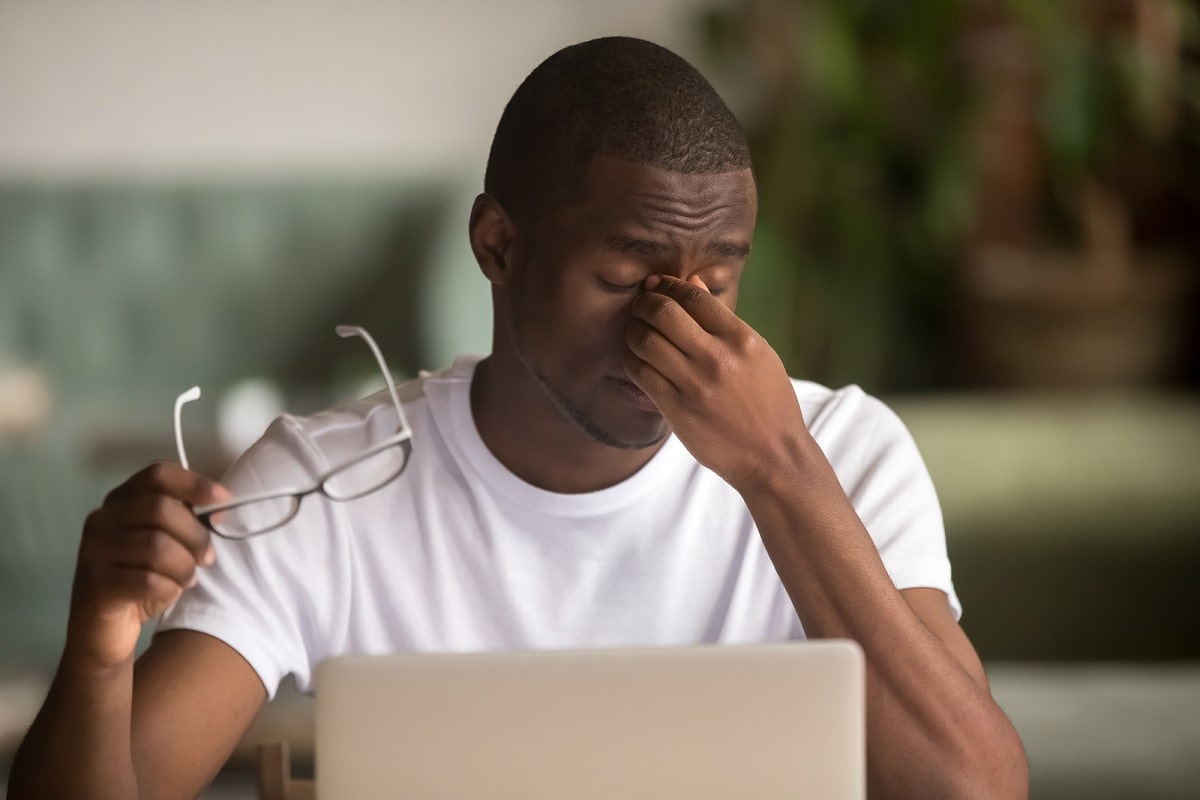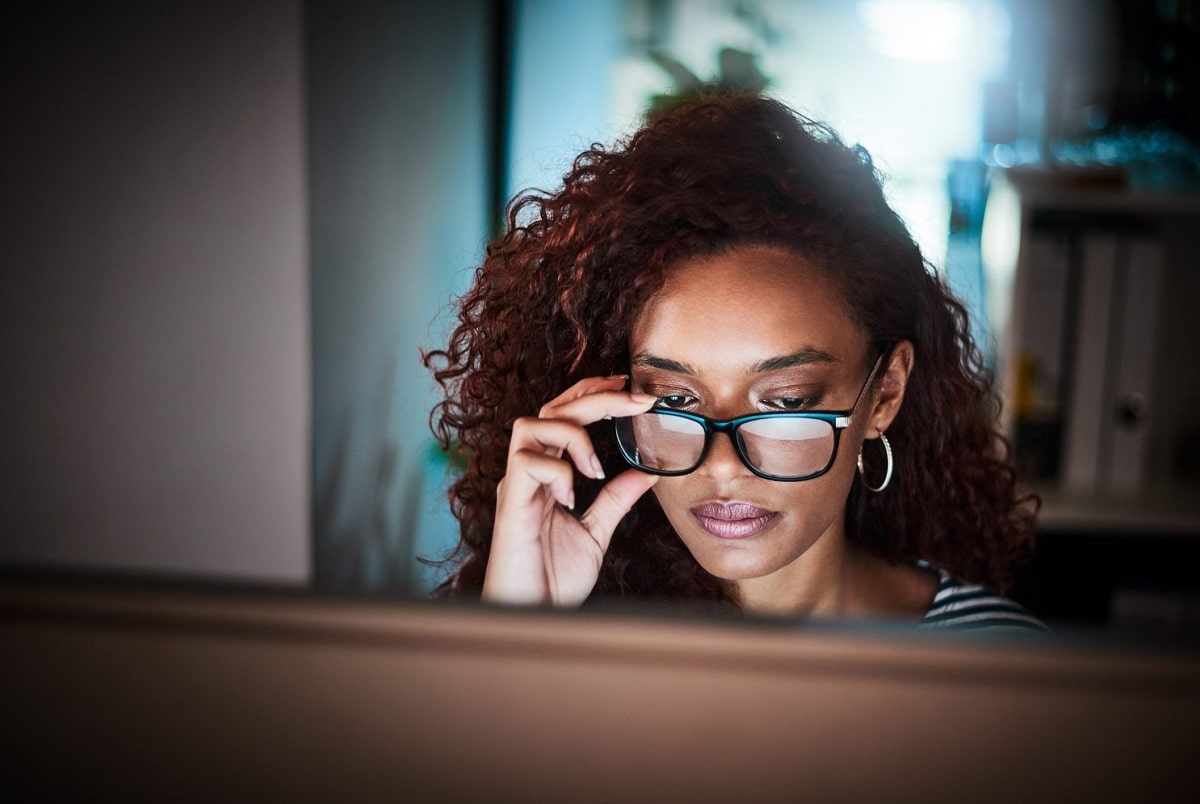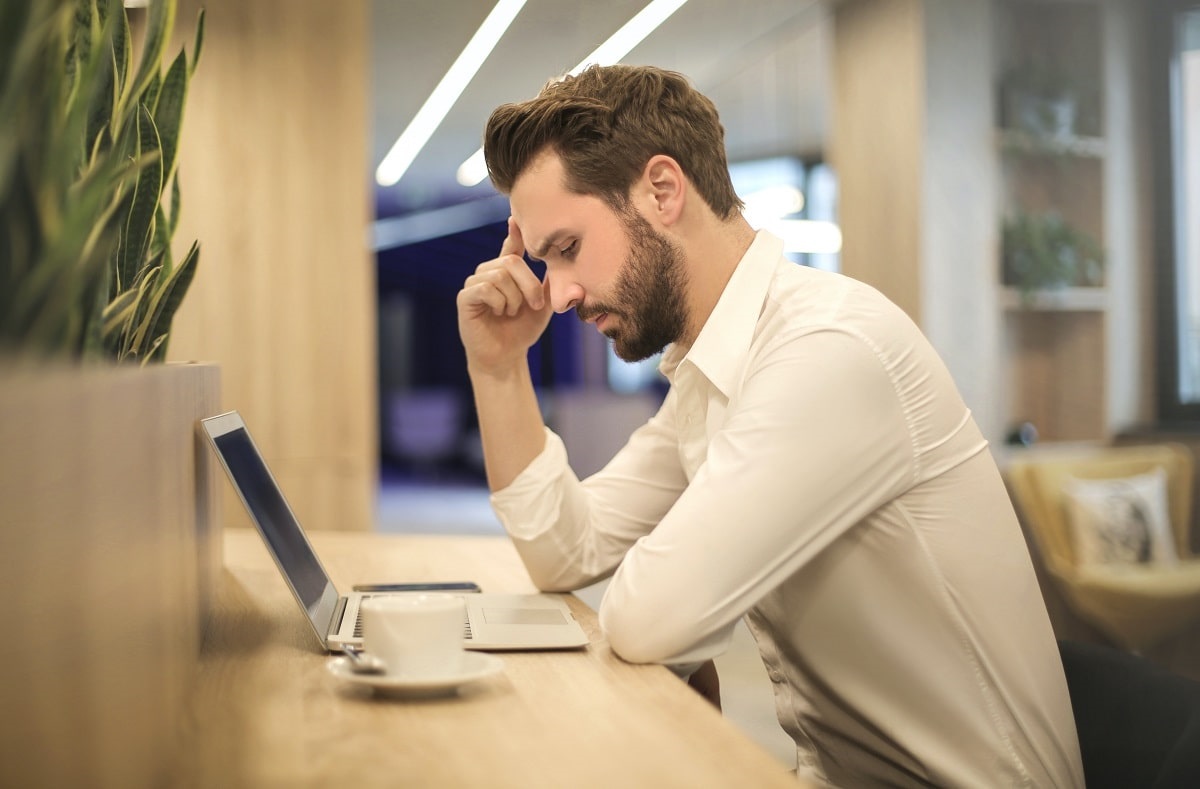1
HOME > Health & Fitness >
HOW TO REDUCE YOUR EXPOSURE TO BLUE LIGHT
Written by Menswear Style in Health & Fitness on the 20th September 2021

80% of all adults spend more than two hours a day looking at digital screens. Many of these screens emit blue light, which has been shown to interfere with the brain’s release of melatonin and disrupt sleep cycles. Blue light is harmful to the eyes, especially when you are staring into a screen all day long. For workers in this digital era who have no choice but to use computers and smartphones, they would be exposed to blue light for close to ten hours for five days a week. The problem is that most people don’t even know they have an issue until it’s too late. Their circadian rhythms are already disrupted and there is no turning back. How can you avoid this? By taking steps to reduce your exposure now. Here are simple strategies for doing so:
Make It Compulsory To Take Breaks
Because spending hours in front of a screen can tire the eyes, you need to ensure that you and any employees you're responsible for take regular breaks while working on screens. To encourage this, they can be made to shut their eyes for five minutes every hour. Alternatively, employees may also be encouraged to take a short walk outside during lunch or coffee breaks.

Get Glasses That Filter Blue Light
Some people are intolerant of blue light, which can cause eye strain and headaches. Luckily, you can get glasses that filter out the blue light. Reach out to wholesale distributors considering you run an organization and buying in bits isn't cost-effective. This way, employees do not have to shut down their computer every hour just to rest their eyes.
Lower Screen Brightness and Protect Eyes With An Anti-Glare Filter
Lower screen brightness will reduce exposure to blue light while anti-glare filters will prevent eyes from straining when viewing screens under direct sunlight or bright lights. You should also ensure you use standard lighting at home instead of overly bright fluorescent bulbs - these emit blue lights too!
Display Worker Workload Information Using A Coloured Light
Blue light has been shown to interfere with melatonin production, so if you must use blue lights, consider replacing them with red ones. An alternative is to have workers wear glasses that block blue light when working on screens. They can equally turn off the computer display after work hours are over. You can have it switch into night mode automatically at a designated time before shutting down completely until the next morning.

Install Filters On Screens
Screens specifically designed for the purpose of blocking blue light are now available on the market. However, these can be costly. A more affordable alternative would be to install blue-light blocking filters on current screens at work. They can be installed on existing equipment or you could buy new ones with this feature.
Install F.lux
F.lux is software that automatically adjusts the brightness of your monitor in accordance with the time of day, thereby reducing exposure to blue light in the process. You can choose when this happens, but it must be within five hours of your normal waking time. Note that there are no night-time settings available yet, so you may have to make do with dimmer lighting until then.
Use Ceiling Lights Instead Of Table Lamps
You should know that table lamps are another source of blue light that are just as harmful as those from screens, even if they are less intense than their larger counterparts. If possible, use ceiling lights instead. If you need more lighting for operations currently being carried out under table lamps, consider having more lights installed. Alternatively, you could also install lamps with orange bulbs. But because these provide less illumination than other lights, they may not be suitable for operations that require higher levels of visibility.

Take Regular Eye Breaks
Another way to address this is by relaxing your eyes every 20 minutes or so when in the office. Try doing it as a team. You can do this by looking at objects that are 20 feet away for a full minute or by getting up from your desk and looking further away (out of a window for example) for at least 20 seconds. They can also take another break by closing their eyes for five minutes every hour.
In this article, we’ve provided a few helpful tips for reducing exposure to blue light at work. These suggestions can help you increase employee productivity and reduce eye strain from working on screens all day. Even if no one is complaining, it's best to take preventive measures before it gets out of hand.
Trending
2
3
4
5
6
7
8
9
10









